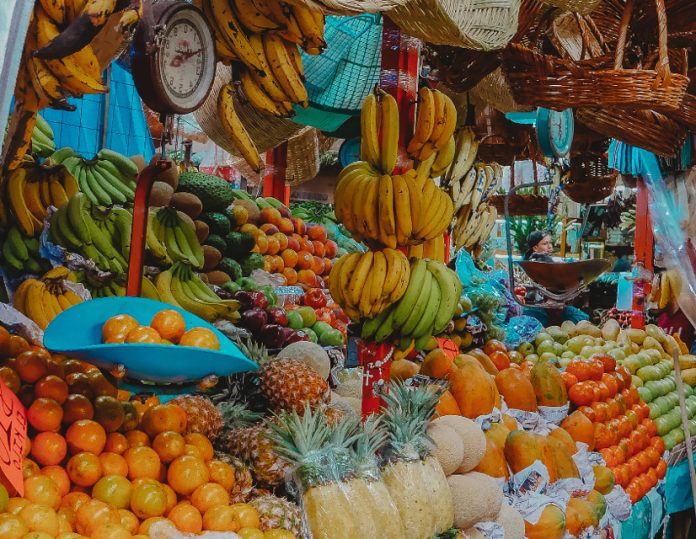Annual inflation fell slightly in the first half of the month compared to the previous 15-day period but was still almost three times higher than the central bank’s target of 3%.
Consumer prices rose 8.53% in annual terms in the first two weeks of October, the national statistics agency INEGI reported Monday. That’s a 0.11% improvement compared to the second half of September when inflation was 8.64%.
However, core inflation – which strips out volatile food and energy prices – increased 0.1% to a 22-year high of 8.39%.
Data showed that fruit and vegetable prices were 14.4% higher in the first half of October compared to the same time last year, while the cost of meat rose by 15.67%. Prices for non-food goods were up 8%, services were 5.3% more expensive and energy prices (including gasoline) rose 3.7%.
Compared to the second half of September, consumer prices were 0.44% higher in the first half of October. The increase was driven by a 17.46% surge in power prices as the lower rates offered by the Federal Electricity Commission in several states during summer came to an end. That increase was tempered by lower prices for products such as oranges, avocados, onions and LP gas.
President López Obrador on Monday noted that the annual inflation rate had fallen from (almost) 8.8% in the second half of August and first half of September.
“We now have annual inflation of 8.5%, we were at 8.8%. It’s going down, in other words,” he said at his regular news conference.
López Obrador said that the government will seek to continue pushing basic food prices down via its anti-inflation pact with private sector producers and distributors. He also noted that the government hasn’t increased prices for gasoline and diesel, which are sold to millions of motorists at gas stations supplied by state oil company Pemex.
The slight decline in the headline inflation rate in early October was the third consecutive biweekly drop, apparently indicating that inflation peaked in late August. But the core inflation figure “reflects how entrenched inflation is,” said Pamela Díaz Loubet, Mexico economist for French bank BNP Paribas.
“While non-core price pressures and shocks begin to fade, core inflation shows how those shocks have already created second-order effects,” she said.
With inflation still well above the Bank of México’s target rate of 3% give or take a percentage point, it’s as good as certain that the central bank will once again raise its benchmark interest rate when it makes its next monetary policy announcement on November 10. The key rate is currently set at 9.25% – the highest rate since a new monetary policy regime was introduced in 2008 – after the bank’s board decided on a third consecutive 0.75% hike in late September.
The Bank of México (Banxico) holds its monetary policy meetings the week after the United States Federal Reserve makes interest rate decisions, and has matched the Fed’s recent 0.75% hikes. Carlos Capistrán, Bank of America’s head of Canada and Mexico economics, believes that Banxico will continue matching the Fed’s increases up to 11%.
Rates will likely increase 0.75% in the U.S. next week, meaning that the key rate here could hit 10% on November 10. Another hike of the same size in December would leave Mexico with a rate of 10.75% at the end of the year.
With reports from El Economista, Milenio and Bloomberg
